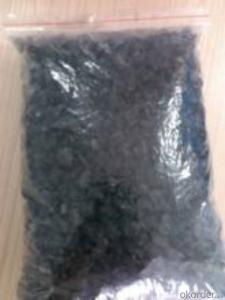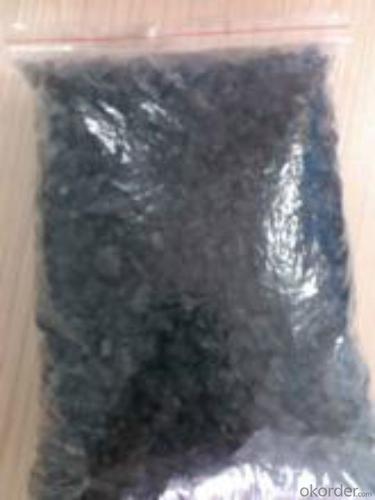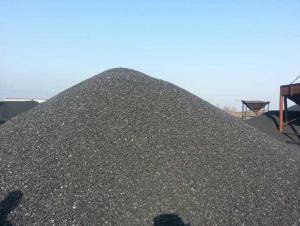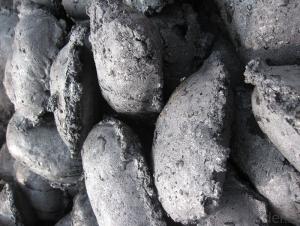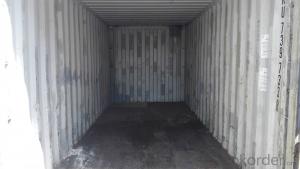S0.5% Recarburizer GCA for mills manufactured in China
- Loading Port:
- Tianjin
- Payment Terms:
- TT OR LC
- Min Order Qty:
- 21.4
- Supply Capability:
- 1014 m.t./month
OKorder Service Pledge
OKorder Financial Service
You Might Also Like
Specification
Introduction:
Calcined anthracite can be called carbon additive, carbon raiser, recarburizer, injection coke, charging coke, gas calcined anthracite.It is playing more and more important role in the industry
Best quality Anthracite as raw materials through high temperature calcined at over 2000℃ by the DC electric calciner with results in eliminating the moisture and volatile matter from Anthracite efficiently, improving the density and the electric conductivity and strengthening the mechanical strength and anti-oxidation. It has good characteristics with low ash, low resistivity, low sulphur, high carbon and high density. We are one of biggest suppliers for meatlluegical raw materials It is the best material for high quality carbon products. It is used as carbon additive in steel industry or fuel.
Features:
G-High Calcined Anthracite is produced when Anthracite is calcined under the temperature of 1240°C in vertical shaft furnaces. G-High Calcined Anthracite is mainly used in electric steel ovens, water filtering, rust removal in shipbuilding and production of carbon material.
Specifications:
F.C.% | 95MIN | 94MIN | 93MIN | 92MIN | 90MIN | 85MIN | 84MIN |
ASH % | 4MAX | 5MAX | 6 MAX | 6.5MAX | 8.5MAX | 12MAX | 13MAX |
V.M.% | 1 MAX | 1MAX | 1.0MAX | 1.5MAX | 1.5MAX | 3 MAX | 3 MAX |
SULFUR % | 0.3MAX | 0.3MAX | 0.3MAX | 0.35MAX | 0.35MAX | 0.5MAX | 0.5MAX |
MOISTURE % | 0.5MAX | 0.5MAX | 0.5MAX | 0.5MAX | 0.5MAX | 1MAX | 1MAX |
Pictures
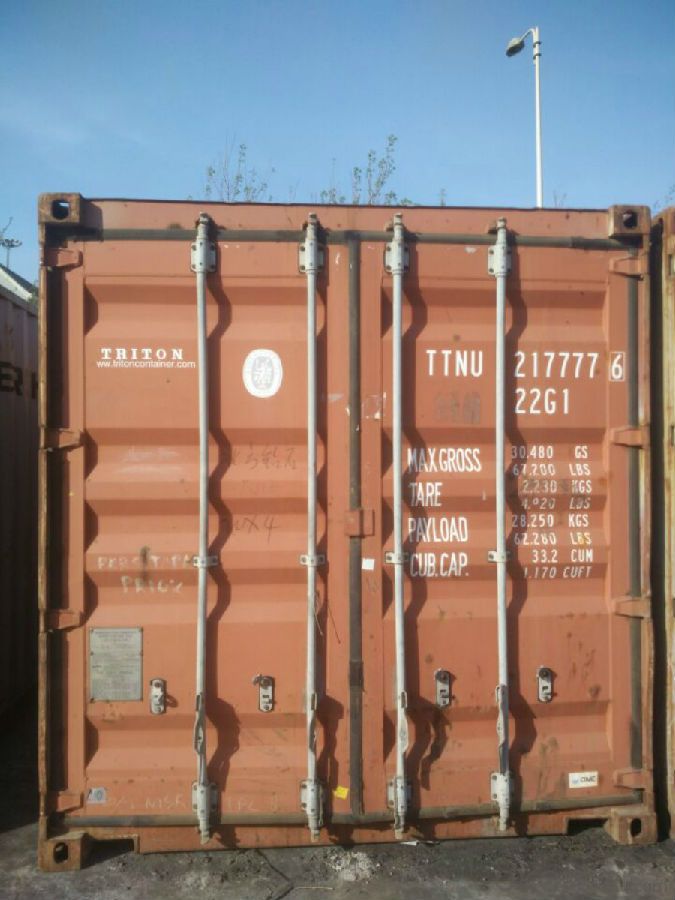
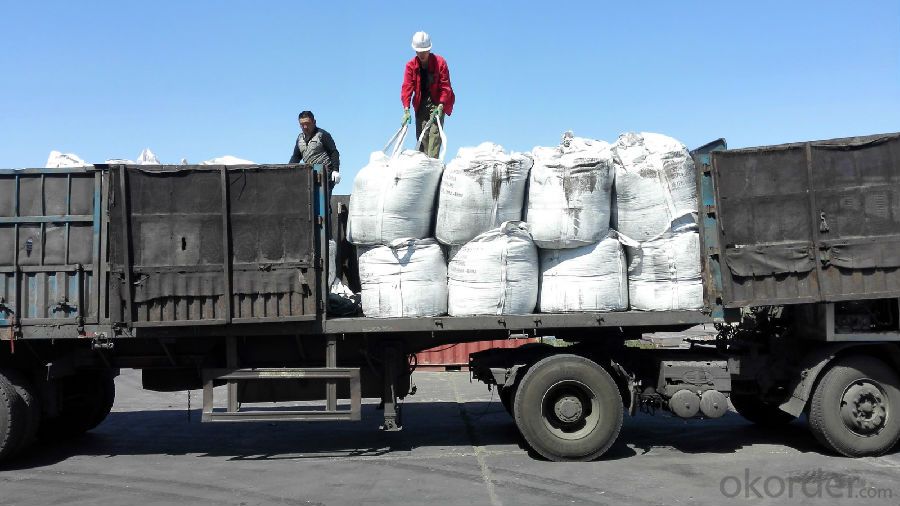
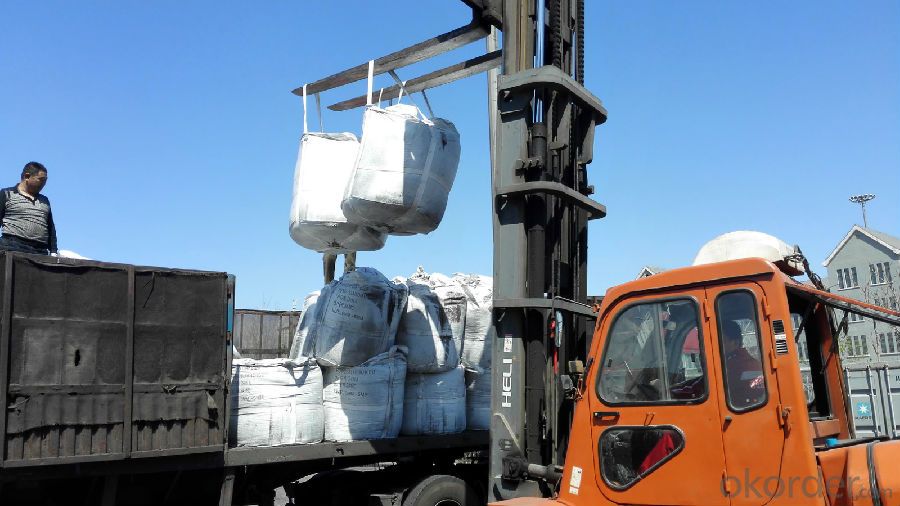
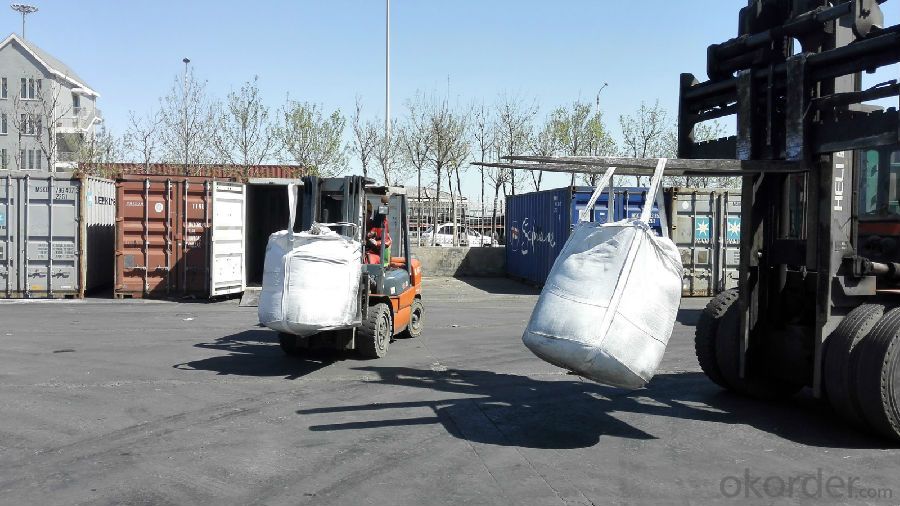
FAQ:
Packing:
(1). Waterproof jumbo bags: 800kgs~1100kgs/ bag according to different grain sizes;
(2). Waterproof PP woven bags / Paper bags: 5kg / 7.5kg / 12.5kg / 20kg / 25kg / 30kg / 50kg small bags;
(3). Small bags into jumbo bags: waterproof PP woven bags / paper bags in 800kg ~1100kg jumbo bags.
Payment terms
20% down payment and 80% against copy of B/L.
Workable LC at sight,
- Q: What is carbon neutral certification?
- The process of carbon neutral certification involves evaluating and verifying organizations, products, or services to ensure they have a carbon footprint that equals zero. This requires taking significant measures to reduce greenhouse gas emissions and offsetting any remaining emissions through the purchase of carbon credits or investments in projects that remove carbon dioxide from the atmosphere. To achieve carbon neutrality, entities undergo a thorough assessment that measures their carbon emissions, sets reduction targets, implements initiatives to reduce their carbon footprint, and tracks progress. After reducing emissions as much as possible, any remaining emissions are offset by investing in verified projects such as reforestation, renewable energy, or energy efficiency projects that reduce greenhouse gases. Certification is conducted by an independent third-party organization to evaluate and verify carbon neutrality claims, ensuring transparency and credibility. Once certified, organizations or products can display the carbon neutral label to demonstrate their commitment to environmental sustainability and responsible carbon management. Carbon neutral certification is crucial as it offers a standardized and recognized method for organizations and products to showcase their dedication to combating climate change. It enables consumers and stakeholders to make informed choices by supporting entities that have taken concrete steps to reduce their carbon emissions and contribute to a more sustainable future. Moreover, carbon neutral certification encourages organizations to adopt sustainable practices and invest in environmentally positive projects, thus hastening the transition to a low-carbon economy.
- Q: What are the consequences of increased carbon emissions on economic stability?
- Increased carbon emissions have significant consequences on economic stability. Firstly, the costs associated with climate change impacts such as extreme weather events, rising sea levels, and damage to infrastructure can burden economies, leading to increased expenditures for adaptation and recovery. Additionally, carbon-intensive industries may face regulatory measures and higher costs, impacting their competitiveness and potentially leading to job losses. The need for transitioning to cleaner energy sources and implementing carbon pricing mechanisms can also entail upfront investments and adjustment costs for businesses. Finally, the potential disruption of global supply chains due to climate-related events can disrupt trade and negatively impact economic stability. Overall, increased carbon emissions pose risks to economic stability by exacerbating climate change impacts and necessitating costly adjustments.
- Q: What are the impacts of carbon emissions on human health in developing countries?
- Carbon emissions have significant impacts on human health in developing countries. These emissions, primarily from the burning of fossil fuels and deforestation, contribute to the worsening of air quality, leading to a range of health problems. One of the most immediate and visible impacts is respiratory diseases. High levels of carbon emissions result in the release of harmful pollutants such as particulate matter and nitrogen dioxide. These pollutants can irritate the respiratory system and exacerbate existing conditions like asthma and bronchitis. In developing countries where access to healthcare may be limited, these respiratory diseases can be particularly detrimental, leading to increased mortality rates. Furthermore, carbon emissions contribute to climate change, which has indirect effects on human health. Rising temperatures and changing weather patterns can lead to the spread of vector-borne diseases like malaria and dengue fever. Developing countries often lack the necessary infrastructure and resources to effectively combat these diseases, resulting in increased rates of infection and mortality. Moreover, carbon emissions contribute to the formation of ground-level ozone, a harmful air pollutant. Exposure to high levels of ozone can cause respiratory problems, cardiovascular issues, and even premature death. Developing countries, with their limited access to healthcare and vulnerability to extreme weather events, may experience higher rates of illness and mortality due to ozone exposure. Additionally, carbon emissions contribute to the acidification of oceans, which harms marine ecosystems. This, in turn, affects the availability and quality of seafood, a vital source of nutrition for many developing countries. Impaired access to nutritious food can lead to malnutrition and various health issues, especially among vulnerable populations such as children and pregnant women. In conclusion, carbon emissions have severe impacts on human health in developing countries. The release of pollutants from burning fossil fuels and deforestation leads to respiratory diseases, the spread of vector-borne illnesses, ozone-related health problems, and nutritional deficiencies. These health impacts highlight the need for developing countries to prioritize sustainable development and transition to clean energy sources, while also emphasizing the importance of international cooperation to address this global issue.
- Q: How much carbon does it take for 4 people to barbecue?!
- Hello The amount of charcoal is according to the number, the number of barbecue barbecue food and other circumstances, the amount of each person is different, generally 6 pounds of charcoal enough for 3-5 to use, recommended to get for a little extra, so is not enough, the charcoal is not expired, can not run out of the next and then, put in the house you can also clean the indoor air.
- Q: How is carbon stored in the Earth's crust?
- Carbon is stored in the Earth's crust through various geological processes such as the formation of sedimentary rocks, the burial of organic matter, and the formation of fossil fuels. These processes involve the accumulation and preservation of carbon-rich material over millions of years, resulting in the storage of carbon in the form of minerals, organic compounds, and hydrocarbons within the Earth's crust.
- Q: How does carbon impact ocean acidity?
- Carbon impacts ocean acidity through a process called ocean acidification. When carbon dioxide (CO2) from the atmosphere is absorbed by seawater, it reacts with water molecules to form carbonic acid. This acidification process lowers the pH levels of the ocean, making it more acidic. The primary source of carbon dioxide in the atmosphere is human activities such as burning fossil fuels, deforestation, and industrial processes. As the concentration of CO2 increases in the atmosphere due to these activities, more and more of it is absorbed by the oceans. The increase in acidity has several detrimental effects on marine life. Many organisms that have calcium carbonate shells, such as coral reefs, shellfish, and some plankton species, are particularly vulnerable to ocean acidification. The increased acidity makes it harder for these organisms to build and maintain their shells, leading to reduced growth rates and increased mortality. Ocean acidification also affects the entire marine food web. It disrupts the balance between predators and prey, as some species of plankton are less able to develop and survive in acidic conditions. This can have cascading effects on the entire ecosystem, impacting fish populations, marine mammals, and ultimately even humans who rely on seafood for sustenance. Additionally, ocean acidification can have significant economic impacts. Commercial fisheries and tourism industries that depend on healthy marine ecosystems can suffer due to the decline in fish populations and the degradation of coral reefs. To mitigate the impacts of carbon on ocean acidity, it is crucial to reduce carbon dioxide emissions and transition to cleaner and more sustainable energy sources. Taking steps to protect and restore marine ecosystems, such as creating marine protected areas and implementing sustainable fishing practices, can also help to mitigate the effects of ocean acidification.
- Q: What are the consequences of increased carbon emissions on indigenous communities?
- Increased carbon emissions have significant consequences on indigenous communities. Firstly, these communities often rely on the land and natural resources for their livelihoods, so environmental degradation caused by carbon emissions can directly impact their ability to hunt, fish, and gather food. Additionally, climate change resulting from carbon emissions leads to more frequent and intense natural disasters, such as hurricanes and droughts, which can destroy homes and infrastructure in indigenous communities. Moreover, the loss of traditional knowledge and cultural practices associated with the changing environment can have profound social and psychological impacts on indigenous peoples. Overall, increased carbon emissions exacerbate existing inequalities and vulnerabilities faced by indigenous communities, threatening their way of life, well-being, and resilience.
- Q: What are the alternatives to fossil fuels for energy production?
- Different options exist for energy production beyond fossil fuels, each with its own unique advantages and challenges. These options encompass: 1. Renewable Energy Sources: Renewable energy sources tap into constantly replenished natural resources such as solar, wind, hydroelectric, and geothermal energy. Solar energy converts sunlight into electricity using photovoltaic cells, while wind energy harnesses the power of wind to generate electricity. Hydroelectric energy is generated through the force of flowing water, typically from dams or rivers, and geothermal energy utilizes the Earth's core heat. These sources offer clean and nearly unlimited energy, reduce greenhouse gas emissions, and promote energy independence. However, they necessitate a substantial initial investment and are subject to limitations based on geographical location and weather conditions. 2. Nuclear Energy: Nuclear power plants produce electricity through nuclear fission, which involves splitting atoms of uranium or plutonium to release energy. Nuclear energy is highly efficient and emits no greenhouse gases during operation. It has the potential to provide consistent baseload power and significantly reduce reliance on fossil fuels. Nevertheless, concerns arise regarding the storage and disposal of nuclear waste, the risk of accidents, and the potential for nuclear weapons proliferation. 3. Bioenergy: Bioenergy utilizes organic materials like agricultural waste, wood pellets, or dedicated energy crops to generate heat, electricity, or biofuels. Biomass can be burned directly or converted into gaseous or liquid forms, such as biogas or bioethanol, to replace fossil fuels. Bioenergy is advantageous as a readily available and carbon-neutral energy source. However, it may compete with food production, necessitate significant land use, and raise concerns about deforestation and biodiversity loss if not sustainably managed. 4. Tidal and Wave Energy: Tidal and wave energy technologies harness the power of ocean currents and waves to generate electricity. These sources offer predictability and the potential for a consistent and reliable energy supply. However, the technology is still in its early stages, and challenges such as high upfront costs, environmental impacts, and limited geographic availability need to be addressed. 5. Hydrogen Fuel Cells: Hydrogen can be used as a fuel source in fuel cells to produce electricity. Hydrogen fuel cells combine hydrogen with oxygen from the air, generating electricity and water vapor as byproducts. Hydrogen is abundant and can be produced from various sources, including renewable energy. However, challenges include the high costs associated with production, storage, and distribution infrastructure, as well as the need for advancements in hydrogen storage technology. It is essential to recognize that a combination of these alternative energy sources, coupled with improvements in energy efficiency and conservation, is likely to create a more sustainable and resilient energy future. This approach will reduce our dependence on fossil fuels and mitigate the impacts of climate change.
- Q: Carbon steel with carbon steel, carbon steel yuan yuan is the same? The trouble to know the answer urgently
- For Fang Gang, bar, angle steel, steel, steel wire and other types. According to the shape of carbon structure round is carbon steel round. Especially carbon steel is often said in the past round. Such as 45# round steel. Carbon steel and carbon circle is not necessarily a variety.
- Q: I want to make a rectangular round bar for bearing. What carbon fiber and carbon fiber should be used? How should I do it? What kind of machine does it use to dry it?
- Carbon fiber is not plastic, and plastic is not the same material. Carbon fiber forming process is mainly:A molding process is: by hand will prepreg paper in the mold, and then curing. This is the biggest advantage of simple manufacturing process, manual to complete more complex operations, can process the complex shape parts, suitable for small batch production; the disadvantage is low efficiency and poor labor conditions, labor intensity is big.Filament winding forming technology: the earliest continuous forming process, that is, the fiber is dipped into the resin through the resin trough, and then wrapped on the rotating core mold according to certain rules. Then, the glue is solidified and formed by heating. A prominent feature is that it is in accordance with the stress situation of products, the fiber according to a certain rule arrangement, so as to give full play to the strength of the fiber, obtain the lightweight products; can realize continuous and mechanized production in the process, and short production cycle, high production efficiency, low labor intensity, suitable for manufacturing cylinder the sphere, and some positive curvature gyration bodies or tubular products.
Send your message to us
S0.5% Recarburizer GCA for mills manufactured in China
- Loading Port:
- Tianjin
- Payment Terms:
- TT OR LC
- Min Order Qty:
- 21.4
- Supply Capability:
- 1014 m.t./month
OKorder Service Pledge
OKorder Financial Service
Similar products
Hot products
Hot Searches
